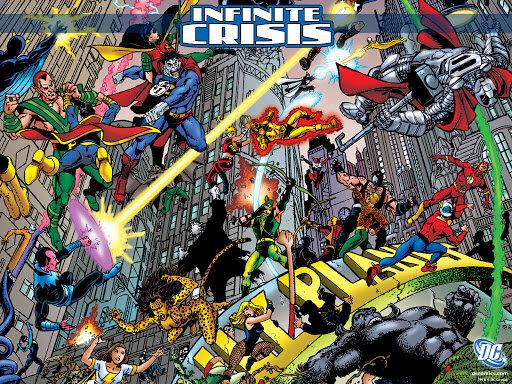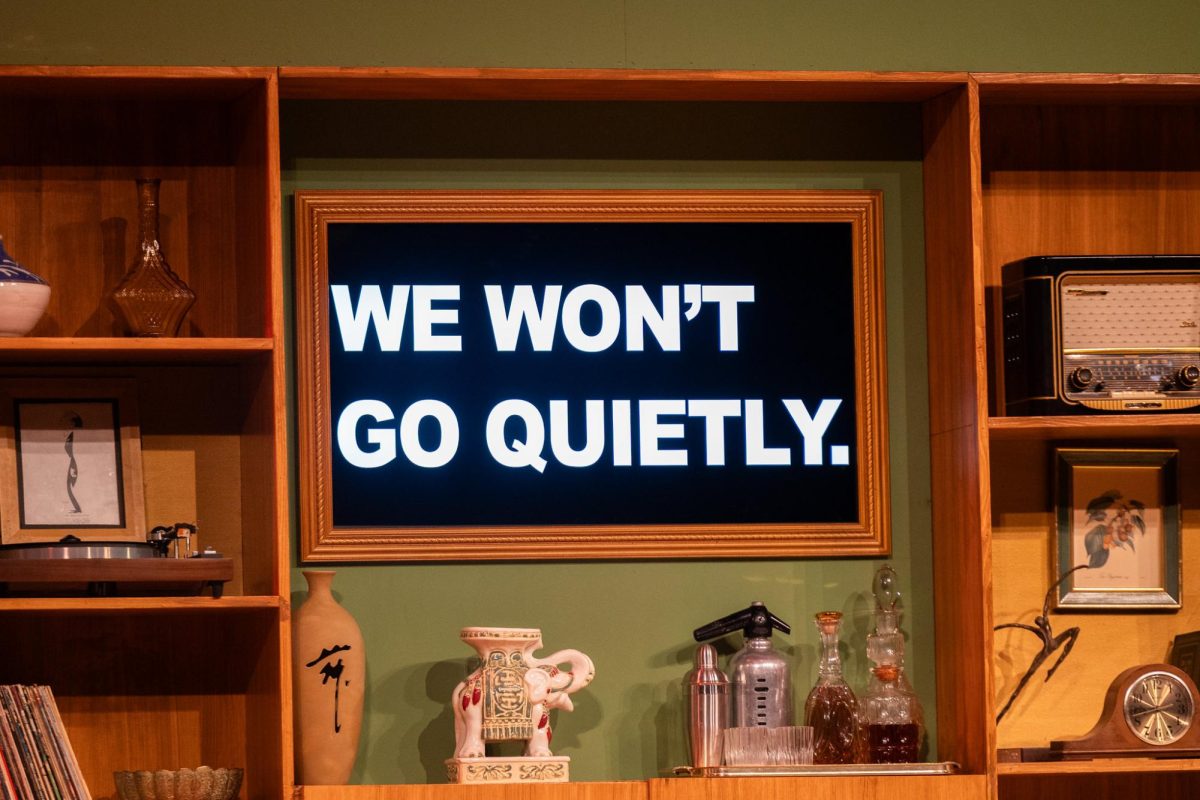The DC and Marvel Universes have rivaled each other since comics have existed; yet, in recent years, the two have come together to execute major crossovers of all the characters developed within each respective universe. Though comic book writer and primary creative leader for Marvel comics, Stan Lee, said, “Marvel has so many heroes. DC just has Superman, Batman and maybe Wonder Woman,” the DC Universe “Crisis” episodes are a piece for fans to behold.
“The Crisis” is a universal ending event that can only be stopped by a select number of heroes. From Dec. 8, 2019 to Jan. 14, 2020, all five parts of “The Crisis” episodes for the DC universe aired. This brings an end to many of the shows which fans have been watching since 2012. Since then, seven shows have aired, contained by several seasons, which have collectively surpassed over 500 episodes and over 300 hours of runtime.
The shows include “The Arrow”; “The Flash”; “Supergirl”; “Legends of Tomorrow”; “Black Lightning”; “Batwoman”; and “Constantine.” The shows have aired well across the last decade, employing a significant deal of character development throughout.
“The Arrow” has seen many changes throughout its runtime, as protagonist Oliver Queen developed from a foolish boy to a strong-minded, well built man. “The Flash,” as well as “Supergirl” and the other shows alike, allow for the viewer to experience what it is like to learn how to be a hero in his or her own way. Supergirl exemplifies that doing what she believes is right is what makes her a hero, while Constantine and The Flash find heroism by sacrificing their souls for the wellbeing of others. These different approaches to heroism show that not all heroes have superpowers: the average person with enough courage can still be a hero.
While the characters that do not have powers are just as important as the superhero, Irish West-Allen is the inspiration for The Flash for him to do his best. West-Allen knows this, and during “The Crisis” crossover, she reminded her team that the superheroes need them to be strong.
“We remind superheroes what they’re fighting for,” West-Allen said.
All of the shows lead up to the five part “Crisis” crossover episode, which tests each character’s idea of who they have become. The start of “The Crisis” has been known for almost as long as the shows have been running. In season one of “The Flash” we learn that Barry Alan, the protagonist, will go missing in “The Crisis.” When “The Crisis” begins, all of the characters are gathered together, as being of immense power helps them understand who each of them truly are. Throughout the following episodes, each character interacts with its single most character-defining attribute, of which the viewers have watched them acquire over the last seven years. These character ideals are tested at every turn and make them question who they are. This lets viewers understand that through life, the person who they think they are will be tested, but that does not mean that they are someone different.
“The Crisis” episodes also showed that being a superhero is not the most important thing to everyone; Clark Kent from Earth 167, in explaining to Supergirl why he gave up being Superman, says, “That (choice) is worth more than any superpower.”
The DC shows all express their own ideas on what they believe the world should look like. These ideas are different from one another, but all have an underlying message: it does not matter what others think of these characters, but what each character thinks of themselves. This is shown in all DC shows but is most clear in “The Arrow.” Oliver Queen is made into somebody he is not, but as the show moves along, Queen realizes that what he is fighting for is what he wants and not what others want him to be fighting for.
At the conclusion of the five part Crisis crossover, many lives were changed for the better, ultimately marking the end of the historic DC era.




































